Home>Gardening & Outdoor>Landscaping Ideas>How To Get Grass To Grow In Clay
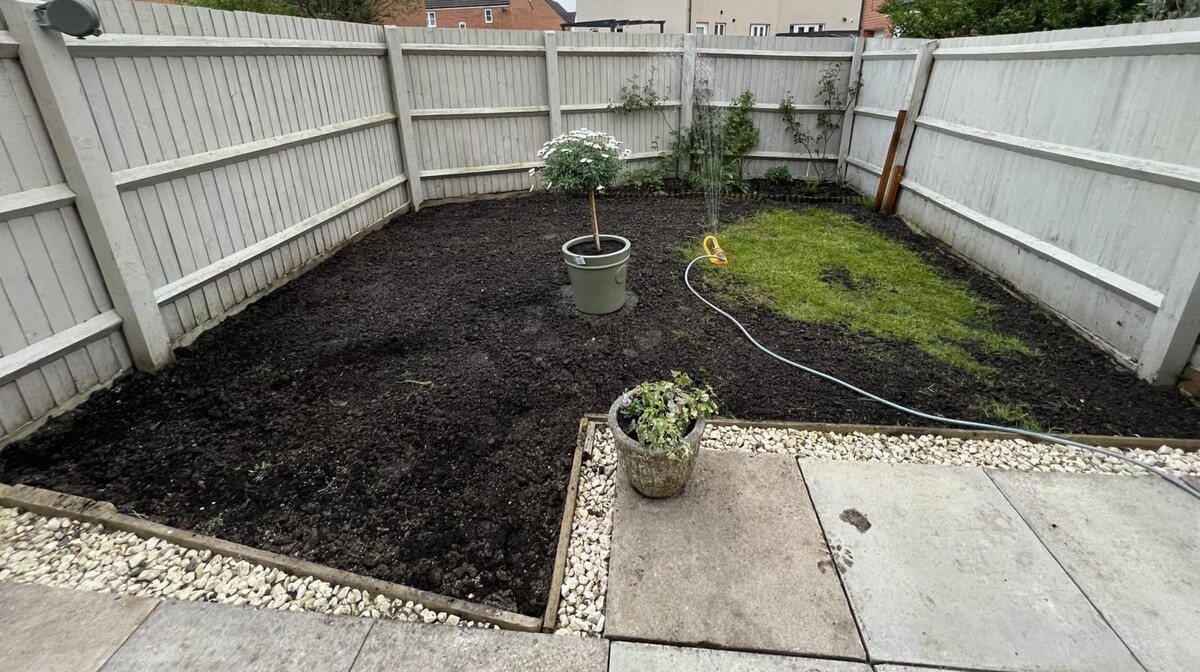

Landscaping Ideas
How To Get Grass To Grow In Clay
Modified: March 24, 2024
Learn effective landscaping ideas to get grass to grow in clay soil. Discover expert tips and techniques for improving your lawn in challenging conditions.
(Many of the links in this article redirect to a specific reviewed product. Your purchase of these products through affiliate links helps to generate commission for Storables.com, at no extra cost. Learn more)
Introduction
Growing a lush, vibrant lawn in clay soil can be a challenging endeavor for many homeowners and landscapers. Clay soil, known for its dense and compact nature, presents unique obstacles for grass growth. However, with the right knowledge and techniques, it is possible to transform clay soil into a thriving environment for grass to flourish.
Clay soil is characterized by its fine particles, which can lead to poor drainage and compaction. These conditions can hinder root development and limit the availability of essential nutrients and oxygen to the grass. As a result, achieving healthy grass growth in clay soil requires a strategic approach that addresses these inherent challenges.
In this comprehensive guide, we will explore the intricacies of cultivating grass in clay soil, offering valuable insights and practical tips to help you achieve a vibrant and resilient lawn. From understanding the specific challenges posed by clay soil to implementing effective soil preparation, selecting the right grass seed, and employing proper seeding and watering techniques, we will cover every aspect of the process. Additionally, we will delve into essential maintenance practices that will contribute to the long-term health and vitality of your grass in clay soil.
By the end of this guide, you will be equipped with the knowledge and expertise needed to overcome the obstacles of clay soil and foster robust grass growth. Let's embark on this journey to unlock the secrets of cultivating a thriving lawn in clay soil, transforming challenges into opportunities for lush, green landscapes.
Key Takeaways:
- Transform clay soil into a thriving lawn by aerating, adding organic matter, and choosing grass varieties with deep roots and drought tolerance. Strategic seeding and watering techniques, along with regular maintenance, are key to nurturing healthy grass growth in clay soil.
- Overcome the challenges of clay soil by preparing the soil, selecting the right grass seed, and implementing effective seeding, watering, and maintenance practices. With dedication and knowledge, you can cultivate a lush and resilient lawn that defies the limitations of clay soil.
Read more: How To Get Grass To Grow In Red Clay
Understanding the Challenges of Growing Grass in Clay Soil
Clay soil presents a unique set of challenges for cultivating healthy grass. Its dense, fine particles result in poor drainage and compaction, creating an inhospitable environment for grass roots. The tightly packed nature of clay soil restricts the movement of water and air, leading to waterlogging and reduced oxygen availability for the roots. As a result, grass struggles to establish a strong root system, which is essential for absorbing nutrients and anchoring the plants securely in the soil.
Furthermore, the compacted structure of clay soil impedes the penetration of water, making it difficult for moisture to reach the deeper layers where grass roots need it most. This can lead to uneven distribution of water, with some areas becoming waterlogged while others remain parched. As a result, grass in clay soil may experience stress from fluctuating moisture levels, impacting its overall health and vigor.
In addition to drainage and compaction issues, clay soil tends to retain and compact nutrients, making them less accessible to grass roots. This can result in nutrient deficiencies and imbalances, affecting the grass's ability to thrive and maintain vibrant growth. Furthermore, the dense nature of clay soil can hinder the breakdown of organic matter, limiting the natural replenishment of essential nutrients in the soil.
The pH levels of clay soil also play a crucial role in grass growth. Clay soil tends to be more alkaline, which can impact nutrient availability and uptake by grass plants. Imbalanced pH levels can lead to nutrient deficiencies or toxicities, further complicating the task of fostering healthy grass in clay soil.
Understanding these challenges is essential for devising effective strategies to overcome them and create an optimal environment for grass growth in clay soil. By addressing the issues of drainage, compaction, nutrient availability, and pH balance, it is possible to transform clay soil into a supportive medium for lush, resilient grass.
Preparing the Soil for Grass Seeding
Preparing the soil for grass seeding is a critical step in establishing a healthy and vibrant lawn in clay soil. The dense and compact nature of clay soil presents unique challenges that must be addressed to create an optimal environment for successful grass growth. By implementing strategic soil preparation techniques, you can enhance the soil structure, improve drainage, and create a welcoming foundation for grass seeds to take root and thrive.
Soil Testing:
Before embarking on soil preparation, it is essential to conduct a thorough soil test to assess the pH levels and nutrient composition of the clay soil. A comprehensive soil analysis will provide valuable insights into the specific deficiencies and imbalances that need to be addressed. By understanding the soil's characteristics, you can tailor your soil preparation efforts to rectify any nutrient deficiencies and optimize the pH levels for grass growth.
Soil Aeration:
Aeration is a crucial step in alleviating the compaction of clay soil. By using a core aerator or aeration tool, you can create channels in the soil that allow for improved air and water penetration. This process helps to loosen the compacted soil, promoting better root development and enhancing the overall soil structure. Aeration also facilitates the movement of essential nutrients and oxygen to the grassroots, setting the stage for robust grass growth.
Read more: How To Grow Grass On Clay Dirt
Soil Amendments:
Incorporating organic matter, such as compost or well-rotted manure, into the clay soil can significantly improve its texture and nutrient content. Organic matter enhances the soil's ability to retain moisture, promotes beneficial microbial activity, and contributes to the gradual improvement of soil structure over time. Additionally, amendments like gypsum can help address soil compaction issues by promoting flocculation, which leads to improved soil aggregation and drainage.
Soil Leveling and Grading:
Properly leveling the soil surface and addressing any uneven areas is essential for ensuring uniform grass growth. By using a rake or leveling tool, you can smooth out the soil and create a consistent surface for seeding. Additionally, grading the soil to promote proper drainage and prevent water pooling is crucial for mitigating the challenges of clay soil. Ensuring adequate slope and contouring the land can help prevent waterlogging and promote even distribution of moisture across the lawn.
Soil Compaction Management:
In cases where soil compaction is severe, mechanical methods such as deep tilling or subsoiling may be necessary to break up compacted layers and improve soil structure. These techniques help to alleviate compaction at deeper soil levels, allowing for better root penetration and enhancing the overall resilience of the soil. However, it is important to exercise caution and seek professional guidance to avoid causing damage to the soil structure during these processes.
By meticulously preparing the soil for grass seeding, you can lay the groundwork for successful and enduring grass growth in clay soil. Each step in the soil preparation process contributes to creating an environment that is conducive to healthy root development, optimal nutrient availability, and improved water infiltration. With careful attention to soil testing, aeration, amendments, leveling, and compaction management, you can set the stage for a thriving lawn that defies the challenges of clay soil, ultimately yielding a lush and resilient landscape.
Choosing the Right Grass Seed for Clay Soil
Selecting the appropriate grass seed is a pivotal decision that significantly influences the success of establishing a resilient lawn in clay soil. When faced with the unique challenges posed by clay soil, it is essential to choose grass varieties that are well-suited to thrive in this environment. By considering factors such as drought tolerance, deep root systems, and adaptability to compacted soil, you can identify grass seed varieties that are resilient and capable of flourishing in clay soil conditions.
Read more: How To Grow Grass In Clay Soil
Drought Tolerance and Water Efficiency
Grass species with inherent drought tolerance are particularly well-suited for clay soil, where moisture retention and availability can be challenging. Varieties such as tall fescue and fine fescue exhibit remarkable drought resistance, enabling them to withstand periods of limited water availability. These grasses have the ability to maintain their vigor and green color even in the face of clay soil's water retention tendencies, making them valuable choices for sustainable lawn establishment.
Deep Root Systems
Opting for grass seed varieties with deep root systems is crucial for overcoming the compaction and poor drainage issues associated with clay soil. Deep-rooted grasses, including certain varieties of Kentucky bluegrass and perennial ryegrass, can penetrate the dense clay layers, accessing water and nutrients from deeper soil levels. This characteristic not only enhances the grass's resilience to drought but also contributes to improved soil aeration and structure, ultimately promoting healthier and more robust grass growth.
Adaptability to Compacted Soil
Certain grass species, such as zoysia grass and Bermuda grass, possess a remarkable ability to adapt to compacted soil conditions. Their vigorous growth habits and tolerance to heavy foot traffic make them well-suited for clay soil environments. These grasses can thrive in spite of the soil's compacted nature, providing an effective ground cover and contributing to the gradual improvement of soil structure over time.
Blended Seed Mixtures
In some cases, utilizing blended seed mixtures that incorporate a combination of grass species can offer a comprehensive approach to addressing the challenges of clay soil. Blends that combine different grass varieties with complementary traits, such as drought tolerance, deep rooting, and adaptability to compacted soil, can provide a well-rounded solution for establishing a resilient lawn in clay soil. By diversifying the grass species within the lawn, you can enhance its overall resilience and adaptability to varying soil conditions.
By carefully considering the drought tolerance, root characteristics, and adaptability of different grass seed varieties, you can make an informed decision that aligns with the specific demands of clay soil. Selecting the right grass seed is a pivotal step in creating a thriving lawn that defies the limitations of clay soil, setting the stage for a lush and enduring landscape.
Read more: What Grass Will Grow In Clay Soil
Seeding and Watering Techniques
Implementing effective seeding and watering techniques is crucial for nurturing healthy grass growth in clay soil. By carefully approaching the process of seeding and watering, you can maximize the germination and establishment of grass seeds while addressing the unique challenges presented by clay soil.
Seeding Strategies
When seeding grass in clay soil, it is essential to employ strategic approaches that optimize seed-to-soil contact and promote uniform germination. Utilizing a core aerator to create seedbed channels can facilitate better seed penetration and root development in the compacted soil. Additionally, overseeding techniques, which involve spreading grass seed over existing turf, can help fill in bare patches and promote denser grass coverage. By evenly distributing the grass seed and ensuring adequate soil contact, you can enhance the likelihood of successful germination and establishment.
Watering Practices
Proper watering is a critical factor in supporting the germination and early growth stages of grass seeds in clay soil. It is important to implement a consistent watering schedule that provides sufficient moisture without leading to waterlogging. Initially, frequent but light watering can help keep the soil surface moist, promoting seed germination. As the grass seedlings emerge, transitioning to deeper, less frequent watering encourages the development of robust root systems that can penetrate the clay soil more effectively. Monitoring soil moisture levels and adjusting the watering frequency based on environmental conditions and grass growth stages is essential for promoting healthy establishment and resilience.
Mulching Benefits
Applying a thin layer of mulch over newly seeded areas can offer several benefits when establishing grass in clay soil. Mulch helps retain soil moisture, reduces erosion, and provides a protective barrier that shields the emerging seedlings from harsh environmental conditions. Additionally, organic mulches contribute to the gradual improvement of soil structure and nutrient retention, enhancing the long-term health of the grass in clay soil. By incorporating mulching into the seeding process, you can create a conducive environment for successful germination and early growth, setting the stage for a thriving lawn.
Read more: How To Get Your Grass To Grow
Timing Considerations
Choosing the right time to seed and water grass in clay soil is crucial for optimizing the success of the establishment process. Selecting periods when the soil moisture and temperature are conducive to germination and growth can significantly impact the outcomes. Additionally, aligning seeding and watering activities with favorable weather conditions, such as mild temperatures and reduced precipitation, can enhance the effectiveness of these techniques. By timing the seeding and watering processes strategically, you can maximize the potential for successful grass establishment and long-term resilience in clay soil.
By implementing these seeding and watering techniques, you can create an environment that supports the successful establishment and growth of grass in clay soil. Through careful attention to seeding strategies, watering practices, mulching benefits, and timing considerations, you can nurture a vibrant and resilient lawn that thrives in spite of the challenges posed by clay soil.
Maintenance Tips for Healthy Grass Growth in Clay Soil
Maintaining healthy grass growth in clay soil requires ongoing care and attention to ensure the long-term vitality of the lawn. By implementing targeted maintenance practices, you can address the specific challenges posed by clay soil and foster resilient grass growth that thrives in this environment.
Regular Mowing and Trimming
Regular mowing is essential for promoting healthy grass growth in clay soil. Maintaining the appropriate mowing height, typically around 2.5 to 3 inches, encourages the development of strong and resilient grass plants. Additionally, frequent trimming of the grass edges prevents overgrowth and promotes a neat and uniform appearance across the lawn. By adhering to a consistent mowing schedule and avoiding excessive grass removal, you can support the overall health and vigor of the grass in clay soil.
Soil Aeration and Decompaction
Periodic soil aeration is crucial for mitigating the compaction issues commonly associated with clay soil. By using a core aerator to create channels in the soil, you can improve air and water penetration, facilitating better root development and nutrient uptake. Decompaction efforts, such as vertical mowing or spike aeration, can further alleviate soil compaction and enhance the overall resilience of the lawn. Implementing these practices on a regular basis helps maintain optimal soil structure and promotes healthy grass growth.
Read more: How To Get Grass To Grow Back
Fertilization and Nutrient Management
Applying targeted fertilization treatments tailored to the specific nutrient needs of grass in clay soil is essential for sustaining vibrant growth. Slow-release fertilizers rich in essential nutrients, including nitrogen, phosphorus, and potassium, can support the long-term health and resilience of the grass. Additionally, incorporating organic amendments, such as compost or organic matter, contributes to the gradual improvement of soil structure and nutrient retention. By carefully managing the nutrient levels in the soil, you can provide the grass with the essential elements it needs to thrive in clay soil.
Weed Control and Pest Management
Vigilant weed control and pest management are vital components of maintaining healthy grass growth in clay soil. Regularly inspecting the lawn for weeds and invasive plants allows for timely intervention to prevent their proliferation. Utilizing targeted herbicides and natural weed control methods can effectively manage weed infestations without compromising the health of the grass. Similarly, monitoring for pests and implementing appropriate pest management strategies safeguards the grass from potential threats, ensuring its continued vigor and resilience.
Proper Watering Practices
Maintaining optimal soil moisture levels through strategic watering practices is essential for sustaining healthy grass growth in clay soil. Implementing deep, infrequent watering schedules encourages the development of robust root systems that can penetrate the dense clay layers. Monitoring soil moisture levels and adjusting the watering frequency based on environmental conditions and grass growth stages is crucial for promoting the long-term health and resilience of the grass. By adhering to proper watering practices, you can support the grass's ability to thrive in the challenging conditions of clay soil.
Seasonal Maintenance Considerations
Adapting maintenance practices to align with seasonal changes is essential for nurturing healthy grass growth in clay soil. Tailoring maintenance activities, such as fertilization, aeration, and watering, to correspond with seasonal demands ensures that the grass receives the appropriate care throughout the year. Additionally, addressing specific seasonal challenges, such as temperature fluctuations and moisture variations, allows for proactive maintenance that sustains the resilience and vitality of the grass in clay soil.
By incorporating these maintenance tips into your lawn care regimen, you can cultivate a vibrant and resilient grass that thrives in the unique conditions of clay soil. Through consistent attention to mowing, soil aeration, fertilization, weed control, watering, and seasonal considerations, you can sustain healthy grass growth and foster a lush and enduring landscape.
Read more: How To Get Dormant Grass To Grow
Conclusion
In conclusion, cultivating healthy and vibrant grass growth in clay soil presents unique challenges that require strategic approaches and targeted techniques. The dense and compact nature of clay soil, coupled with its drainage and nutrient retention characteristics, demands careful consideration and proactive measures to create an environment conducive to robust grass growth. By understanding the specific challenges posed by clay soil and implementing effective strategies, it is possible to transform these obstacles into opportunities for fostering resilient and enduring lawns.
The process begins with thorough soil preparation, encompassing soil testing, aeration, amendments, leveling, and compaction management. By addressing the inherent limitations of clay soil through strategic soil preparation, it is possible to enhance the soil structure, improve drainage, and create an optimal foundation for successful grass establishment. Additionally, selecting the right grass seed varieties that exhibit drought tolerance, deep root systems, and adaptability to compacted soil is pivotal for overcoming the challenges of clay soil and promoting long-term resilience.
Seeding and watering techniques play a crucial role in nurturing healthy grass growth in clay soil. Strategic seeding approaches, consistent watering practices, mulching benefits, and timing considerations contribute to successful grass establishment and early growth. Furthermore, ongoing maintenance practices, including regular mowing, soil aeration, fertilization, weed control, pest management, and proper watering, are essential for sustaining the long-term health and vitality of the grass in clay soil.
By incorporating these comprehensive strategies and techniques, homeowners and landscapers can cultivate lush, resilient lawns that thrive in spite of the inherent challenges of clay soil. The journey to transforming clay soil into a nurturing environment for vibrant grass growth requires dedication, knowledge, and a proactive approach. With careful attention to soil preparation, grass seed selection, seeding and watering techniques, and targeted maintenance practices, it is possible to achieve the vision of a thriving and enduring lawn in clay soil.
Ultimately, the transformation of clay soil into a supportive medium for healthy grass growth is a testament to the power of strategic landscaping and the resilience of nature. By embracing the intricacies of clay soil and implementing tailored solutions, individuals can create landscapes that defy limitations, embodying the beauty and vitality of lush, green lawns that flourish in the face of adversity.
Frequently Asked Questions about How To Get Grass To Grow In Clay
Was this page helpful?
At Storables.com, we guarantee accurate and reliable information. Our content, validated by Expert Board Contributors, is crafted following stringent Editorial Policies. We're committed to providing you with well-researched, expert-backed insights for all your informational needs.


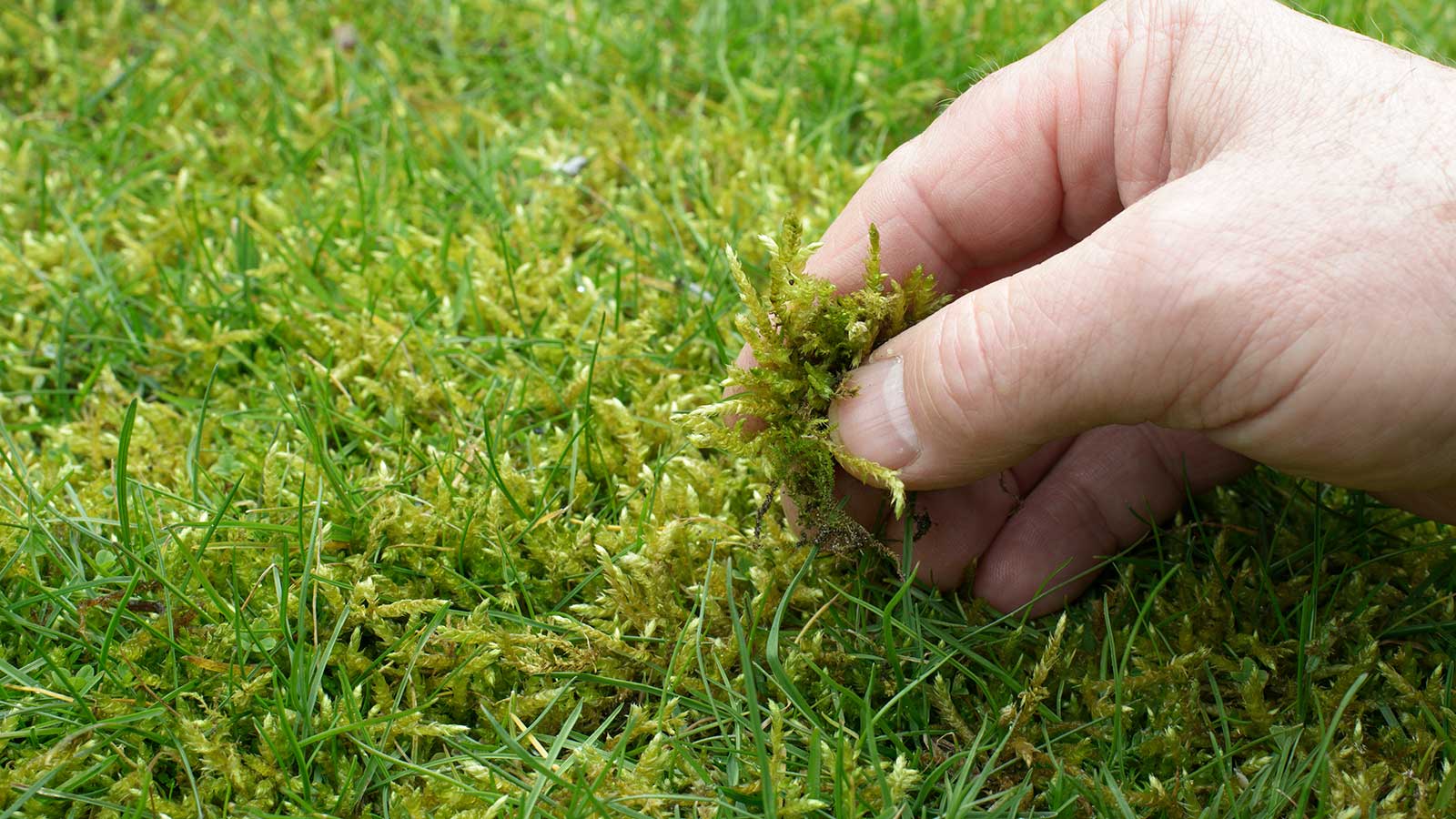
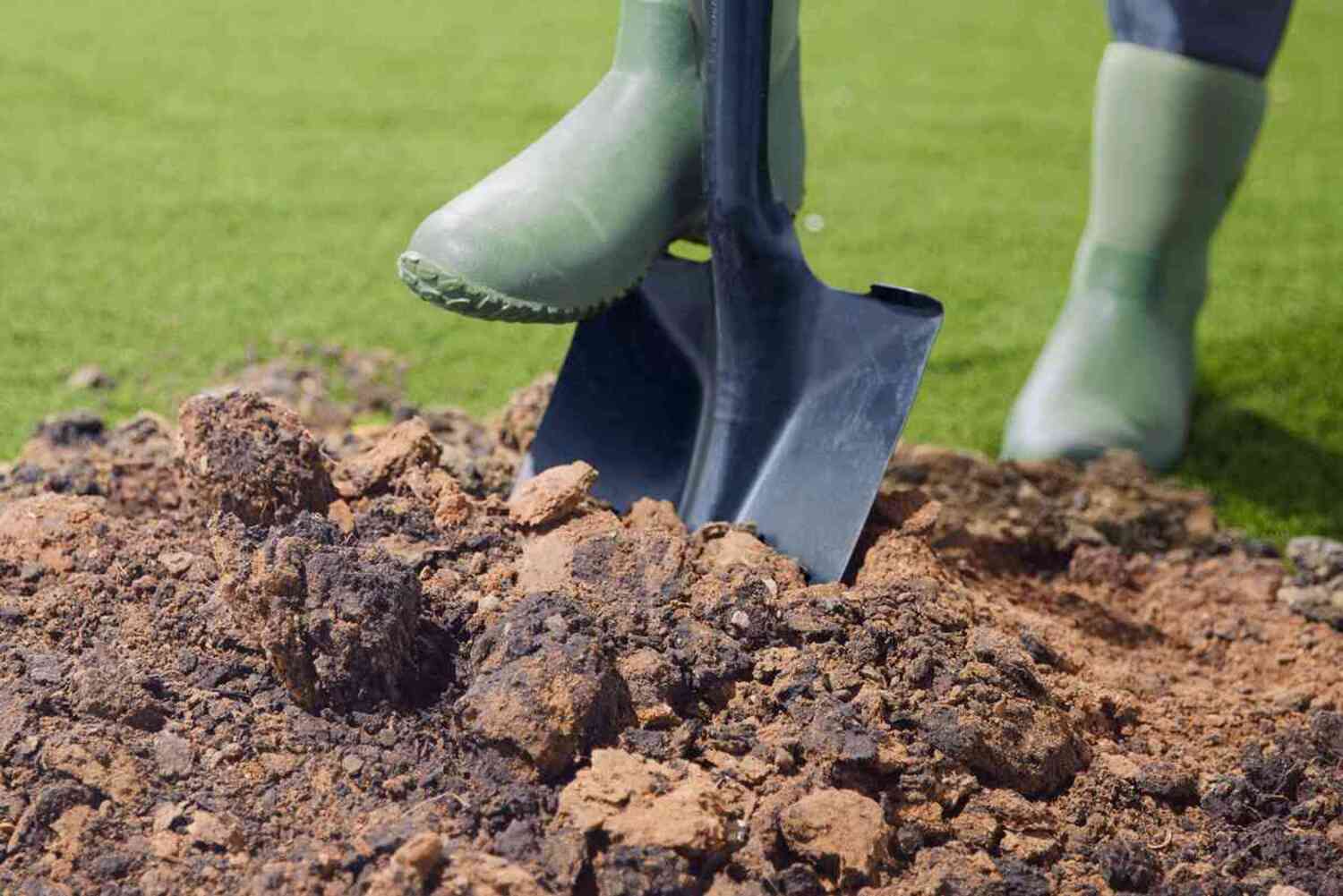
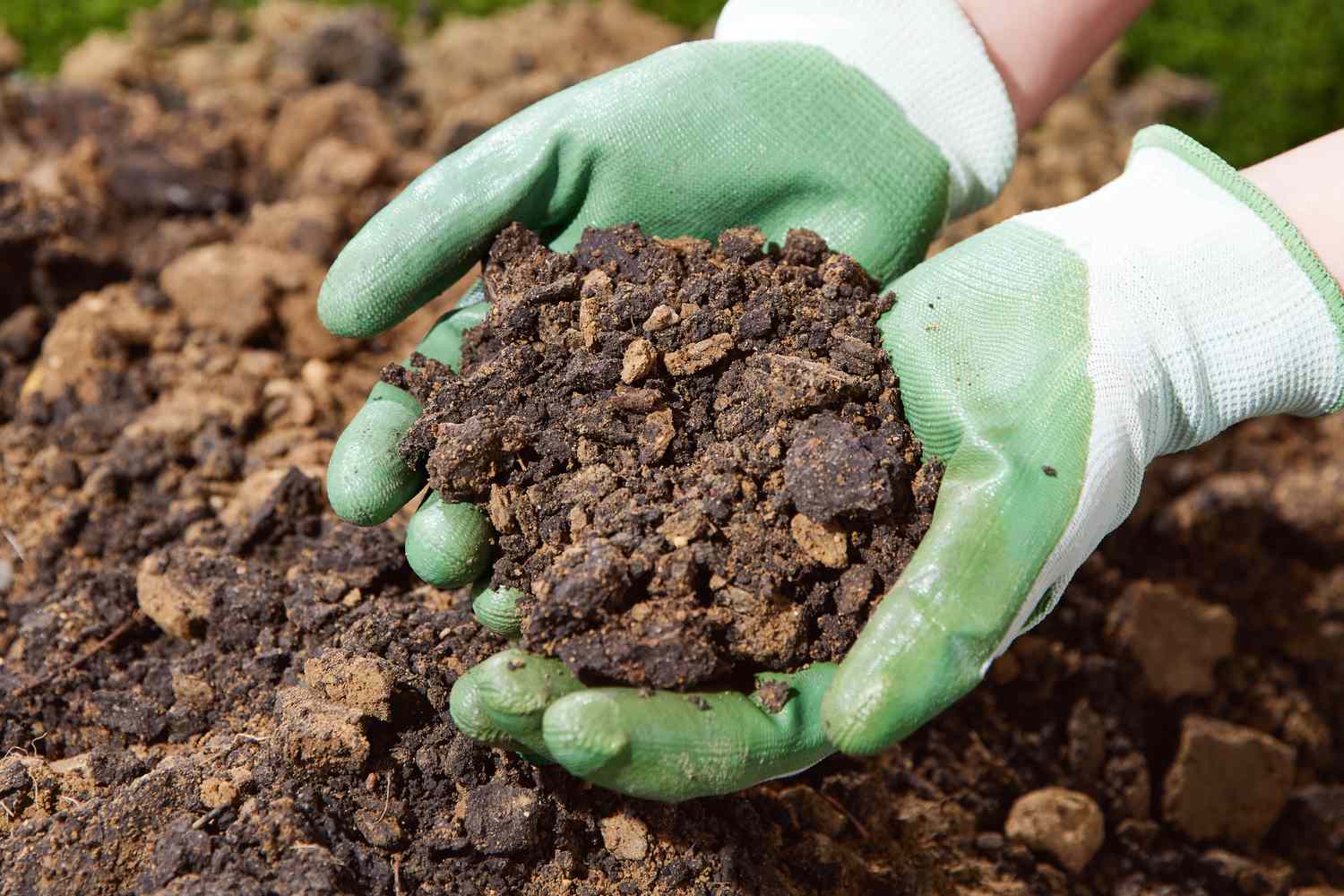
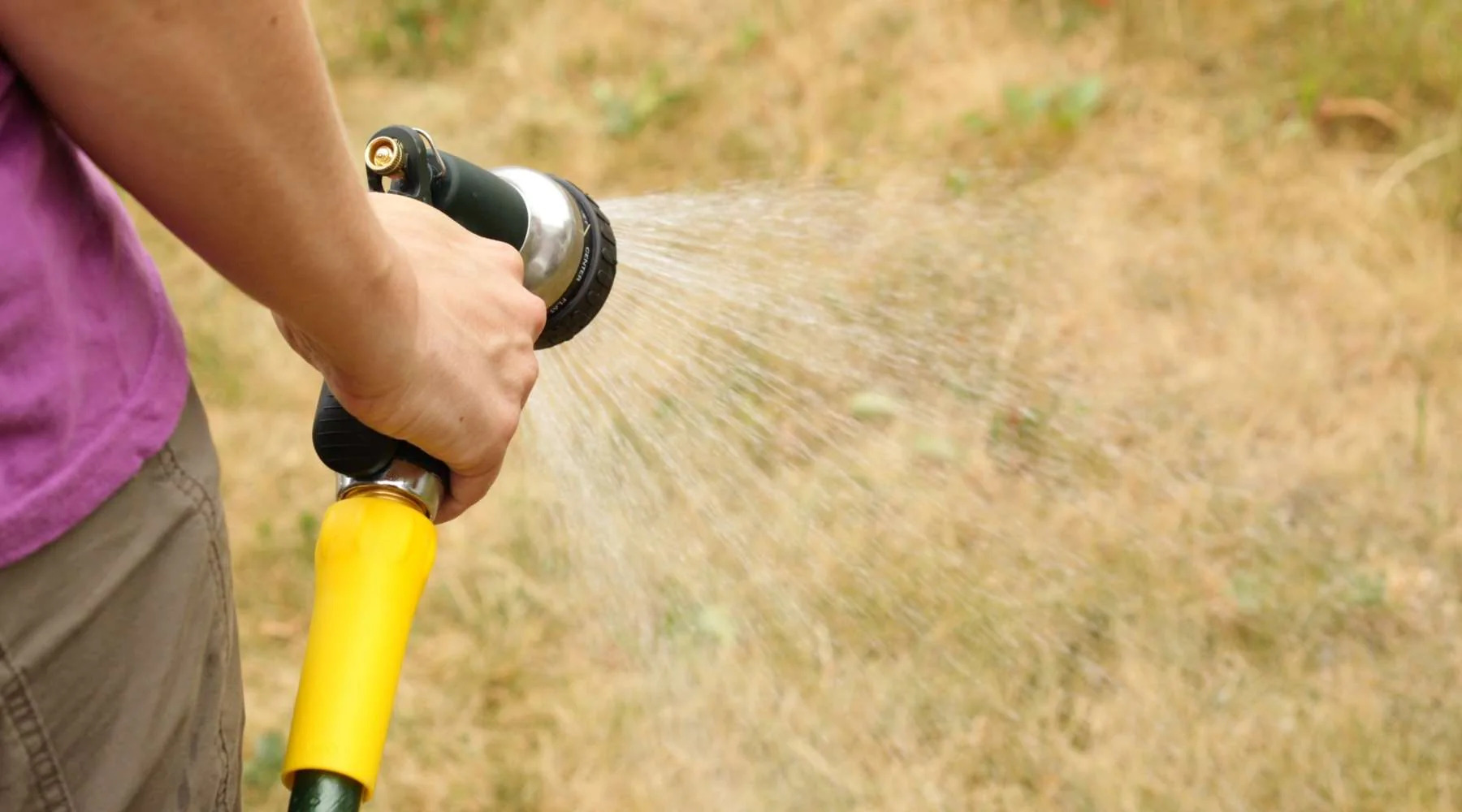
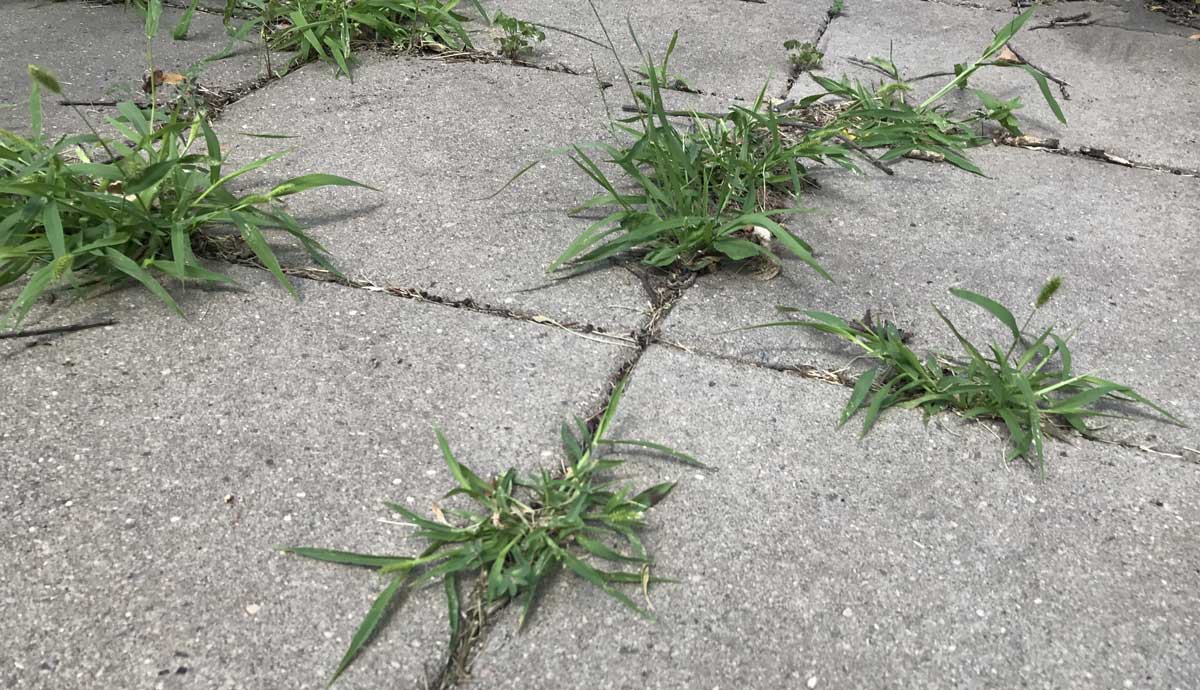
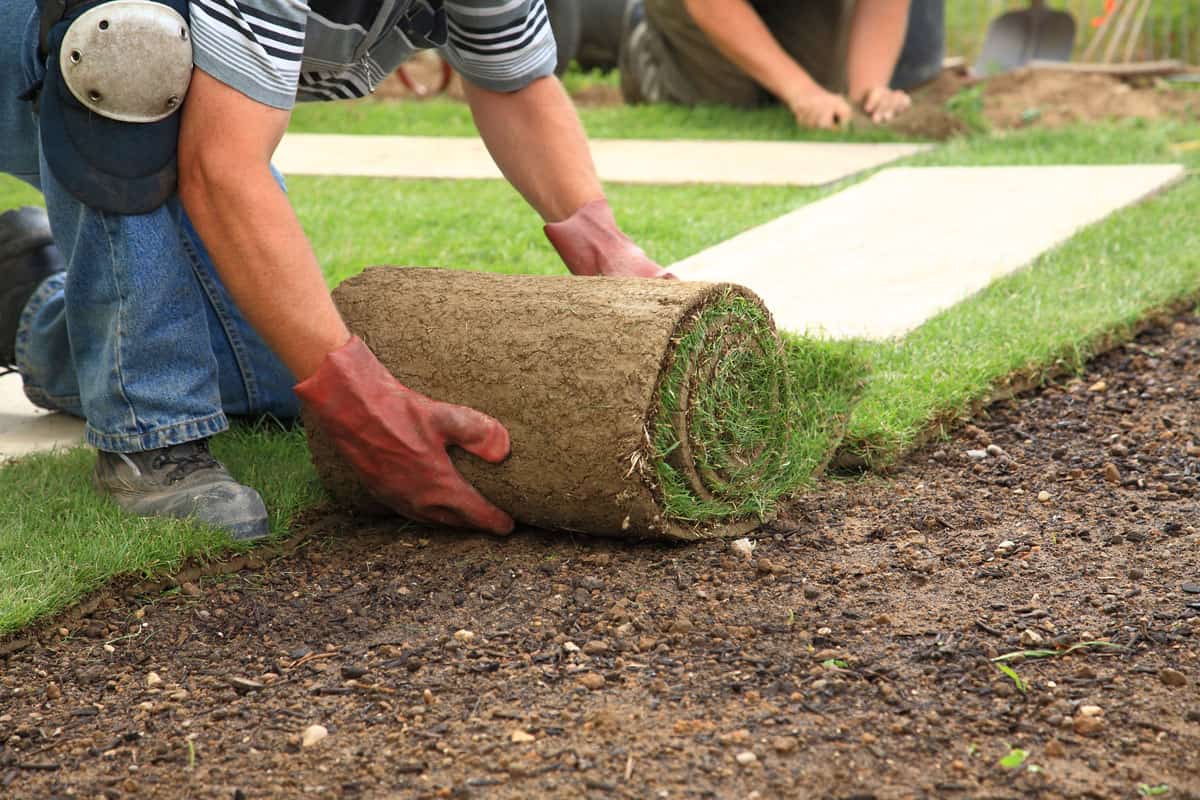
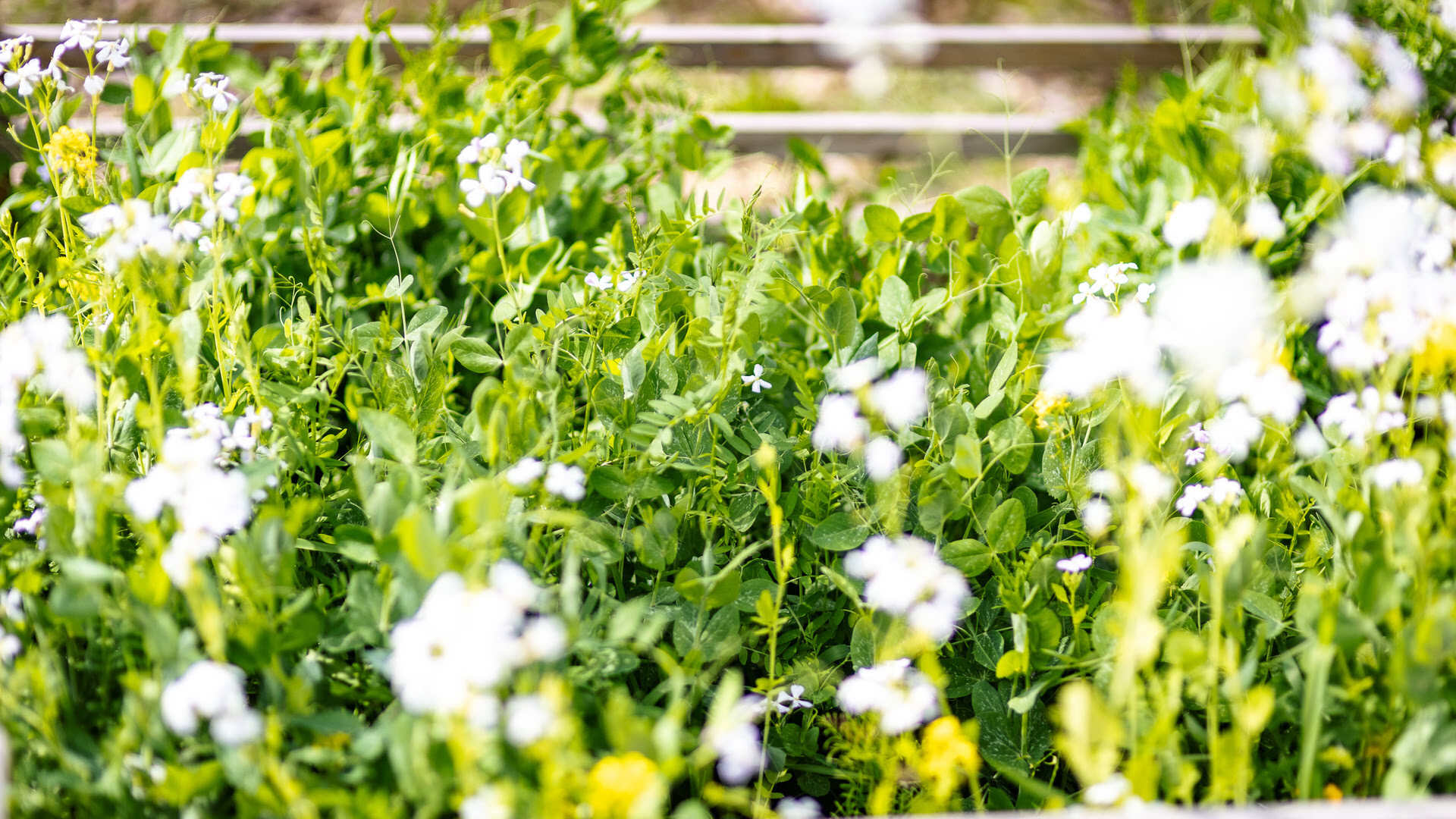

0 thoughts on “How To Get Grass To Grow In Clay”